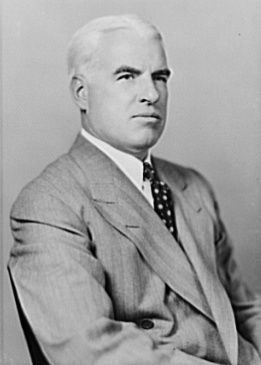On 30 May 1946, Edward Reilly Stettinius, one of the last members of Franklin Delano Roosevelt’s team in the American government, resigned as US Ambassador to the United Nations. He cited President Harry Truman’s own reluctance to use the UN as a tool to reduce tensions with the Soviet Union as the reason for his resignation.
After Roosevelt’s death, his associates overwhelmingly either resigned or were dismissed. For many of them, this ended in political persecution. But Edward Stettinius remained the most steadfast of the former team. Moreover, he had links to major American businesses. In particular, before the war, he had served as chairman of the United States Steel Corporation, a company that both Truman and his administration had to reckon with.
Under Roosevelt, Stettinius was in charge of the Lend-Lease Programme, and was assistant to the President at the Yalta Conference, then US Secretary of State.
Truman thought Stettinius was too soft on the communists and Moscow, and at the first opportunity replaced him as Secretary of State with James Byrnes, his old friend and colleague in the US Senate. Stettinius was asked to become the first US ambassador to the newly-created UN. Soon sensing his uselessness in his new post, Stettinius submitted his resignation.
Andrei Gromyko, the Soviet Foreign Minister who met Stettinius several times as Soviet Ambassador to the United States and as Soviet Union Ambassador to the UN, would later write:
“Holding his high position [and he held it for a long time] in the US steel industry must have left its mark on him [and to a large extent on his kind of mind].”
However, he would also note that “in his meetings with us [Soviet representatives] Stettinius never argued for the advantages of private enterprise, American democracy or the American way of life, and he had plenty of opportunities”.
Source:
Andrei Gromyko “Memoirs”, in 2 Volumes, Moscow: Politizdat, 1988
























